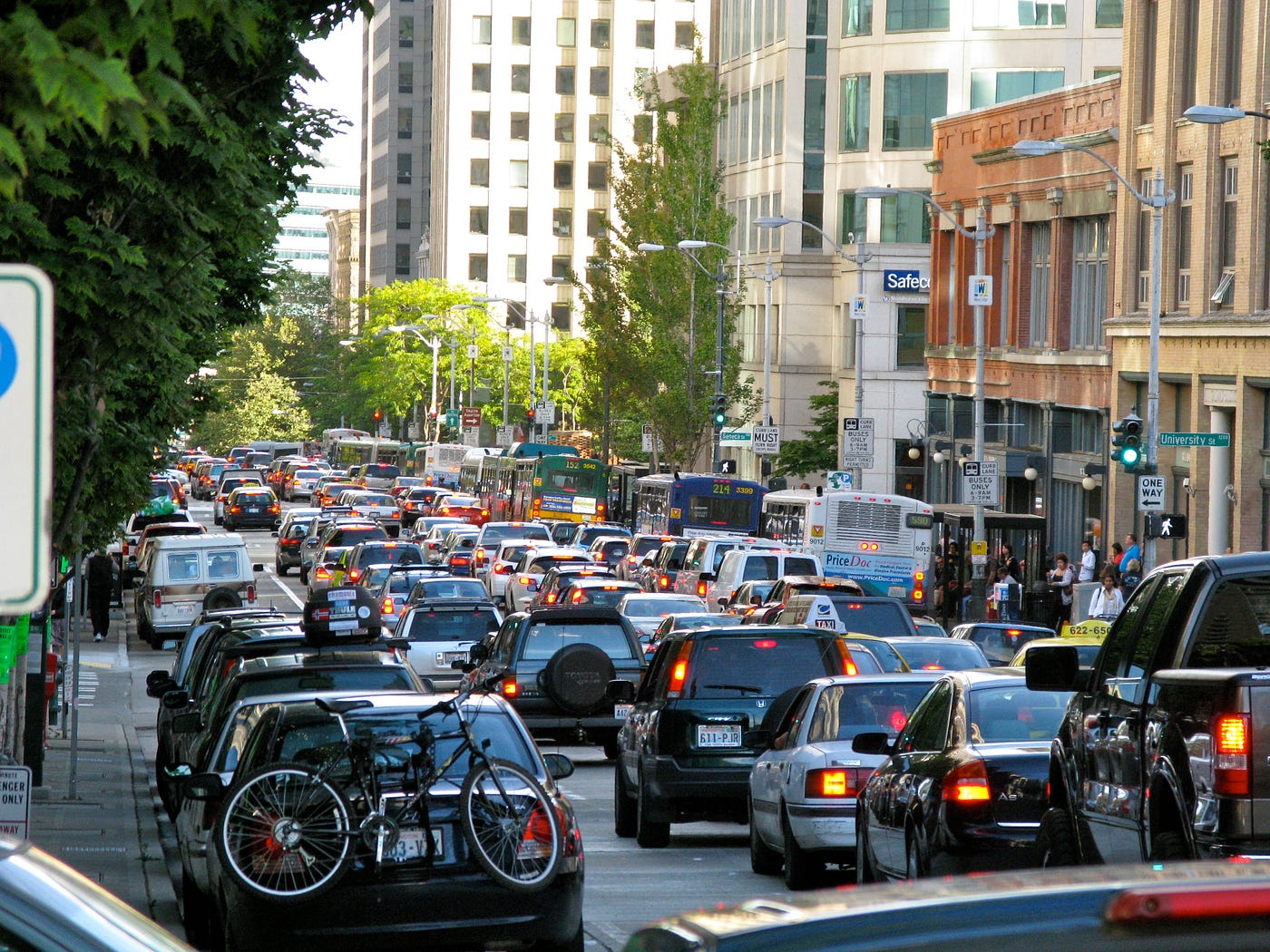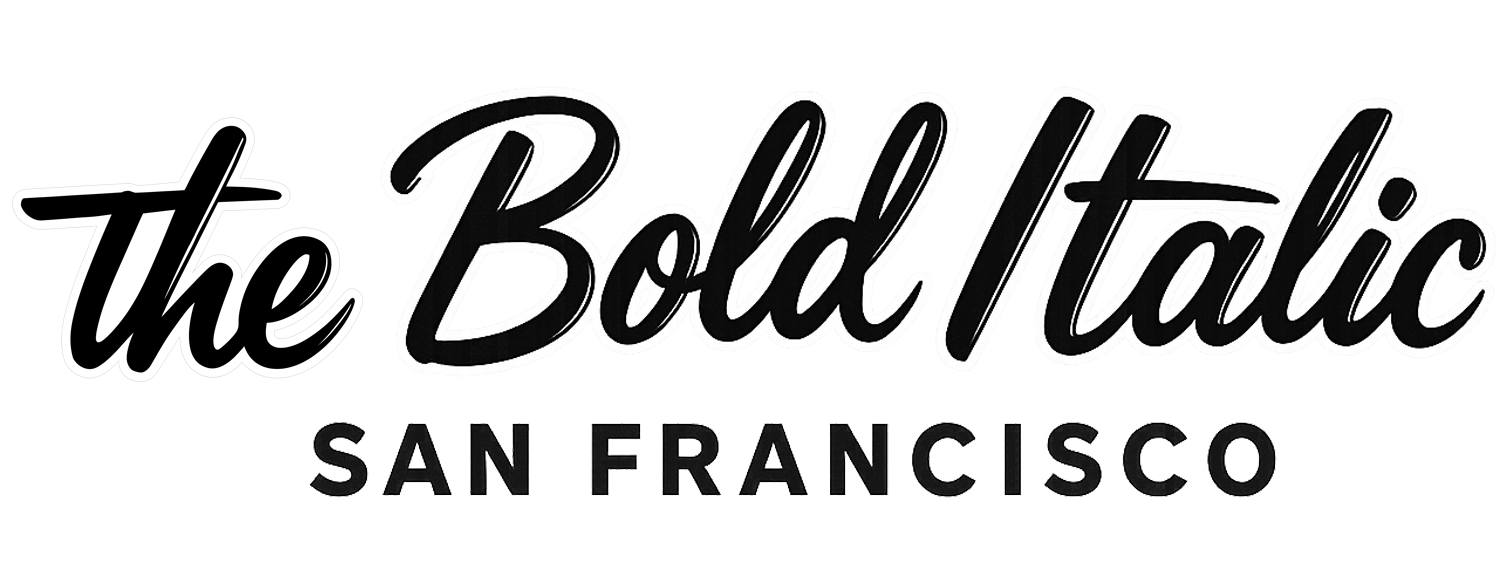
Public transit is indispensable in any urban environment. It provides people from all walks of life an affordable way to move around the city. It reduces the need for cars, resulting in less traffic and lower carbon emissions. But with the encroachment of Uber and other ride-hailing apps, are the benefits of public transit in jeopardy?
Uber’s growth has been exponential as its footprint has expanded globally. The company has spent more on lobbyists in California than Facebook and Apple did combined — all to ensure that it isn’t subject to regulations that apply to other transportation companies.
While some local authorities continue to fight Uber’s predatory expansion, others are embracing it. In September, Dublin became the first municipality in California to subsidize Uber rides for residents, following similar deals with towns in Florida that cover 25 percent of Uber fares to train stations and 20 percent of fares for other rides.
When public authorities subsidize Uber, it’s wealthier residents who get the largest benefit — the very people who least need subsidized transit.
This decision can look good on the surface, as the participating municipalities don’t need to invest as much in transit infrastructure, but relying on Uber to meet transit needs creates several problems. Uber isn’t nearly as inclusive as public authorities, nor does it have the same motivations — and it risks making congestion in cities even worse.
Subsidized Transit for Those Who Don’t Need It
Despite the swift growth of ride-hailing apps, nearly 60 percent of San Franciscans — one of Uber’s largest markets — have never used one. Further, only 2 percent report using the services daily, 6 percent several times a week and 7 percent several times a month. These numbers also skew to those at the top. Uber’s riders report earning an average of 70 percent more than the median income.
When public authorities subsidize Uber, it’s wealthier residents who get the largest benefit — the very people who least need subsidized transit. But even if the subsidies encourage more middle-class riders, ride-hailing apps exclude those who most rely on the accessibility of public transit.
Uber requires its users to have a smartphone and a credit card, both of which the poor are far less likely to have. This means that the public funds used to subsidize Uber are largely inaccessible to them. The poor pay the highest proportion of their incomes toward transit yet have little access to these new initiatives.
But it’s not just the poor who are excluded. In May 2016, CNN reported that despite having two programs targeted at disabled passengers, they weren’t receiving adequate service. The uberASSIST program, which has drivers with additional training, typically had one car available in the whole of San Francisco, with much longer wait times than the traditional UberX service, while there were almost never any drivers on UberWAV, its service with special vehicles to accommodate disabled passengers. Marilyn Golden of the Disability Rights Education & Defense Fund contends that Uber is violating the Americans with Disabilities Act.
When transit authorities and local governments subsidize Uber, they’re giving money to a service that primarily benefits people who don’t need the subsidies while excluding the people who most need accessible transit options. These inequities are but one example of how Uber’s motivations lead to very different outcomes from those of public authorities.
Making Governments More Secretive
Governments are expected to be accountable to their citizens and transparent in their decision making, while Silicon Valley’s tech companies are notoriously secretive — and Uber is no exception.
Public transit authorities rely on ridership data to plan bus routes and infrastructure upgrades, but if that data is kept secret by the likes of Uber and Lyft, the government has less information with which to make informed planning decisions.
By partnering with Uber, local governments are forced to abide by the company’s strict secrecy requirements, imperiling the work of city planners and threatening government accountability.
In the Florida towns subsidizing Uber rides, regulators have agreed to conceal ridership data, but the secrecy extends even further. Soon after writer Spencer Woodman spoke to transit official Chris Cochran in Pinellas County about an Uber pilot program, a very unusual series of events occurred. As Woodman writes,
[S]hortly after I asked Uber about the program, I received an email from Cochran. Uber had contacted him, urging him not to release the name of the initiative even though it was technically a matter of the public record. Cochran feared that the very act of releasing the Uber product name — UberCENTRAL — before the official launch could have killed the entire partnership.
By partnering with Uber, local governments are forced to abide by the company’s strict secrecy requirements, imperiling the work of city planners and threatening government accountability.
While there may be a role for on-demand services in public transit’s future, they certainly shouldn’t be implemented on these terms. Further, any implementation of ride hailing must also be judged on the basis of how it affects public transit usage, and whether — counter to Uber’s claims — it will actually make congestion worse.
More Uber Riders Means More Traffic
There is no doubt that Uber is directly targeting public transit to further expand its global dominance. It recently rolled out a new program in San Francisco, known as Uber Plus, that offers users a flat rate of $2.00 for UberPOOL rides — less than the $2.25 fare for a city bus — after the user pays a small monthly fee. Likewise, it has tested Smart Routes, a form of bus-like ride sharing, in busy areas not serviced by BART.
These efforts aren’t just to expand Uber’s ridership but to steal riders from public transit.A study of ride-hailing users by the University of California Transportation Center found thatnearly half would walk, bike or use public transitif they didn’t have access to such services. The director of the SFMTA hasconfirmedthat Uber and Lyft have made traffic worse by putting an estimated 15,000 additional vehicles on the roads.
Transit consultant Jarrett Walker observed that tech people see transit “as an engineering problem,” but “providing cost-effective and liberating transportation in cities requires solving a geometry problem” that is less obvious. Further, he observes that if vehicle miles traveled (VMT) increase, technology could potentially solve the issues of increased emissions and increased road carnage. But he also asserted the following:
There is still, and always [will be], the problem of space. Increasing VMT means that you are taking more space to move the same number of people. This may be fine in low-density and rural areas, where there’s lots of space per person. But a city, by definition, has little space per person, so the efficient use of space is the core problem of urban transportation.
When we are talking about space, we are talking about geometry, not engineering, and technology never changes geometry. You must solve a problem spatially before you have really solved it.
While it’s manageable for the top quintile to drive their personal cars in cities, putting everyone in individual vehicles would be “ruinous to a dense city and to the liberty of its citizens.”
Taking public transit users out of their space-efficient public transportation and placing them in individual self-driving vehicles increases the amount of space needed to transport all those people— and that’s space that cities simply don’t have. Instead of solving the issue of congestion, the mass adoption of Uber (and Uber-like ride-sharing services) would make it only worse.
Walker concludes by pointing out that the dreams of tech visionaries are all about appealing to “elite personal tastes,” but that “some things stop working when everyone buys them.” While it’s manageable for the top quintile to drive their personal cars in cities, putting everyone in individual vehicles would be “ruinous to a dense city and to the liberty of its citizens.”
Corporations assure the public that their actions are made in the common good, but instead of taking them at their word, we need a more critical view of their plans. The mass adoption of ride hailing would make congestion far worse, but that doesn’t mean there aren’t limited cases where it could improve transit. The big question is whether those services should be provided by private multinational corporations or whether they should instead be offered by local transit authorities.
Alternatives to the Uber Monopoly
There is still hope for innovative uses of on-demand services that complement public transit instead of competing with it. However, that’s tough to achieve when companies like Uber can subsidize their fares and lobby local governments with VC money in order to establish a monopoly position.
In the month after Uber and Lyft left Austin because the city council required them to fingerprint and do background checks on their drivers, there was an exciting flourishing of alternative ride-hailing services. Some of them have taken a nonprofit approach, while others were formed by groups of drivers working together to create their own offerings.
Helsinki, the capital of Finland, has also experimented with an on-demand bus service that, while popular, was eventually shut down due to a lack of public funding, which forced it to remain a small operation and thus never reach the scale it needed in order to become cost effective. However, similar services are now being tested in several large American cities.
Doug Kaufman, the CEO of TransLoc, a start-up trying to help cities compete with the likes of Uber, asserts that public transit “is intrinsically linked to jobs and social mobility” and that if it “becomes only for those who can’t afford the private alternative, and the service provided is less than ideal, it limits people’s opportunities.”
There’s no question that cities should integrate on-demand services where they can complement existing public transit, but that’s incredibly difficult to do when Uber is taking predatory moves to reduce transit ridership by using VC money to offer artificially low prices.
Tech luminaries’ desire to push everyone into personal self-driving pods is an attractive idea, but it’s incompatible with our physical reality: urban environments that are growing more dense as populations grow and as people continue to migrate from the country to the city.
A very clear choice is emerging for the future of city life. Will the (slightly reimagined) automobile continue to dominate urban environments, or will people finally be given priority, by making cities more walkable and enhancing public transit options?







